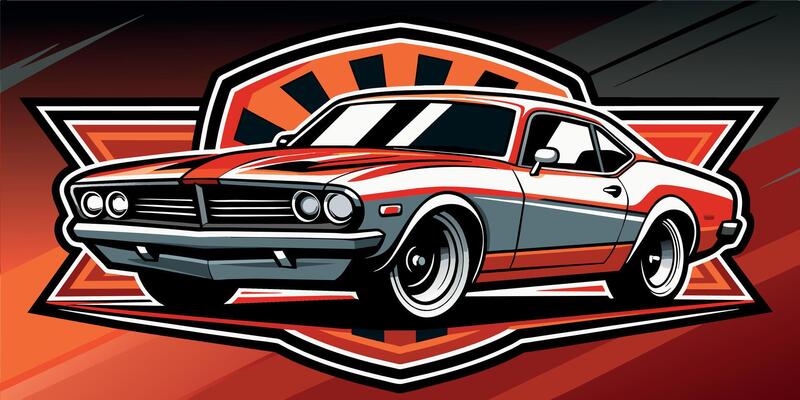In the realm of automotive design, the influence of art extends far beyond mere aesthetics. The intricate relationship between various artistic movements and car styling reshapes not just how vehicles look, but also how they function and connect with the human experience. This article delves into how artistic movements like Cubism and Futurism have served as substantial sources of inspiration in automotive design. You’ll discover how these influential styles have pushed the boundaries of innovation, resulting in vehicles that embody both form and function in unique and exciting ways. From the dynamic angles inspired by Cubism to the fast-paced essence captured by Futurism, the evolution of car aesthetics offers a captivating narrative that reflects wider cultural trends.
Key Takeaways
- Art movements like Cubism significantly influenced modern automotive aesthetics.
- Futurism celebrates speed and technology, impacting car design ethos.
- Designs such as BMW’s Vision Next 100 showcase Cubist inspiration.
- Automotive design is an ongoing dialogue between art and functionality.
- Streamline Moderne paved the way for contemporary aerodynamic forms.
- Surrealism and Pop Art offer radical innovations that enhance visual appeal.
Exploring Artistic Movements in Automotive Design
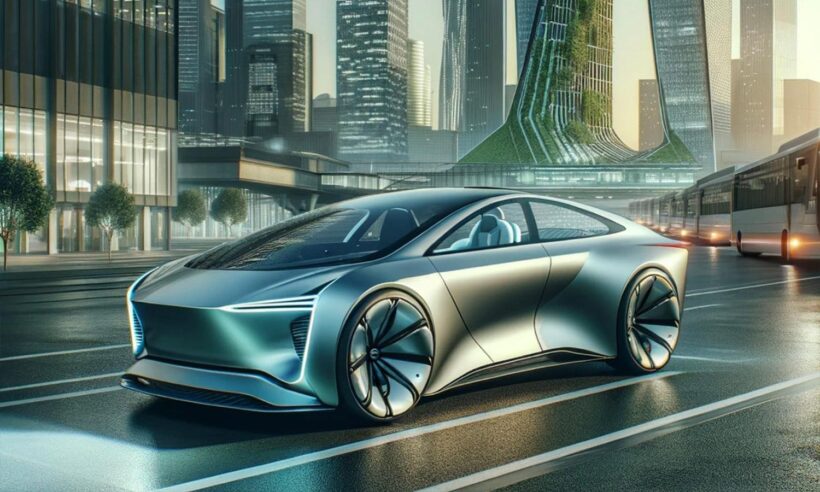
According to quattrocentoquattro, artistic movements have significantly shaped the evolution of automotive design. In particular, Cubism and Futurism have provided unique frameworks that influence vehicle aesthetics. Understanding these styles can enhance your appreciation of contemporary car designs that reflect these movements.
Cubism’s Impact on Vehicle Aesthetics
Cubism challenged conventional perspectives and dimensions, leading to innovative approaches in automotive design. The fractured geometries characteristic of Cubist art can be seen in modern vehicles like the BMW Vision Next 100. This model employs fluid, asymmetric designs with sharp angles, creating a sense of movement and vibrancy. Such Cubist car designs transform vehicles into dynamic, multi-faceted sculptures that reflect the art movement’s focus on viewing objects from multiple angles.
Futurism’s Celebration of Speed and Dynamics
Futurism glorified speed and the essence of modernity. The movement’s manifesto celebrated the beauty of speed, likening a racing car to iconic artworks like the Victory of Samothrace. Influential Futurist artists, such as Umberto Boccioni and Giacomo Balla, inspired automotive design that emphasizes rapid motion. Vehicles embody Futurist vehicle aesthetics through features that incorporate kinetic energy and urban themes. Designs showcasing dynamic lines and performance illustrate the spirit of the machine age, responding to contemporary demands for speed and efficiency.
How Artistic Movements Influence Car Design – From Cubism to Futurism
Artistic movements have profoundly shaped automotive design, creating a rich tapestry of influences that extend beyond traditional aesthetics. Surrealism and Pop Art are notable in this regard, offering radical innovations that redefine how artistic transportation design is perceived. In addition, Streamline Moderne has set foundational principles that continue to inform modern car design strategies.
Radical Innovations from Surrealism and Pop Art
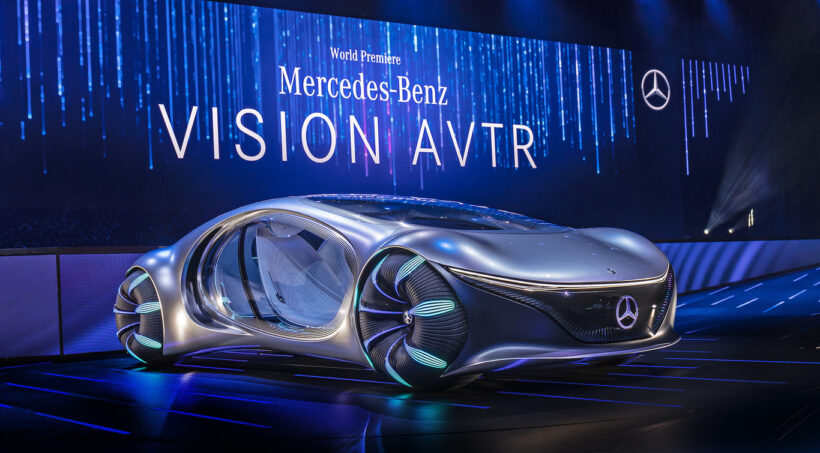
Surrealism introduced unconventional aesthetics into car design, evident in futuristic prototypes like Mercedes-Benz’s Vision AVTR. This vehicle features design elements that evoke nature and fantasy, incorporating biomimetic aspects that draw on Surrealist creativity. In parallel, Pop Art has transformed graphics in vehicles, with Hyundai’s Sonata Hybrid showcasing vibrant colors and bold designs that resonate with the artistic experimentation of figures like Andy Warhol. This infusion of artistic trends into car design illustrates a continual evolution of aesthetics, where external beauty aligns with functionality. The blend of artistic automotive innovation and technological progress captures the imagination of modern drivers.
Streamline Moderne as a Prelude to Modern Car Design
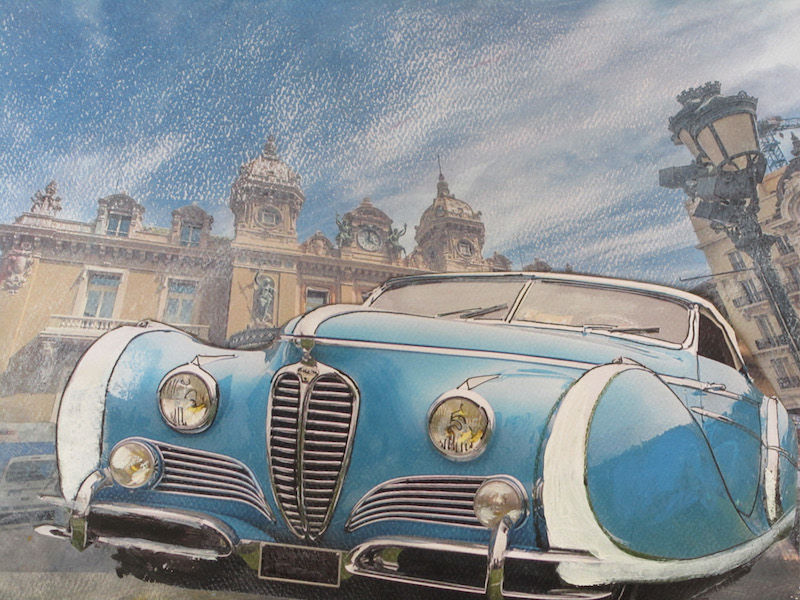
Streamline Moderne’s influence is evident in contemporary vehicles that emphasize aerodynamic forms and smooth curves. The streamlined designs popularized in the 1930s introduced concepts of efficiency and style, paving the way for advancements in modern car design. A prime example is the Volkswagen One-Litre, which embodies this principle by combining elegance with eco-friendly initiatives. Such vehicles highlight a shift in automotive priorities towards sustainability, while retaining a strong focus on aesthetic integrity. Reflecting on the legacy of art deco automobiles, this movement demonstrates how past artistic movements continue to inspire today’s designs.
Conclusion
In conclusion, your exploration of artistic movements from Cubism to Futurism reveals how these styles significantly shape the aesthetics and functionalities of automotive design. The intricate interplay between art and technology becomes evident in the innovative designs of modern vehicles and concept cars, constantly redefining what automobiles can embody. As you delve into the legacy of these artistic automotive trends, it becomes clear that they lay the groundwork for both aesthetic appeal and practical functionality.
Furthermore, understanding the impact of artistic movements in car styling enriches your appreciation for the ongoing dialogue that transforms transportation into a vibrant, expressive component of modern culture. Each curve, line, and color choice reflects not only engineering considerations but also the influential spirit of art. This connection between artistic vision and automotive design continues to inspire, inviting you to recognize the transformative power of creativity within the industry.
As automotive design evolves, you can observe how these artistic influences remain a pivotal foundation for future innovations. Embracing this perspective enhances your experience as both a consumer and an enthusiast, allowing you to appreciate how the integration of art and engineering continues to shape our transportation landscape forever. In this journey of discovery, you’ll find that the essence of artistic movements informs every aspect of car design, encouraging a deeper understanding of the vehicles we cherish.
FAQ
How do artistic movements like Cubism and Futurism influence car design?
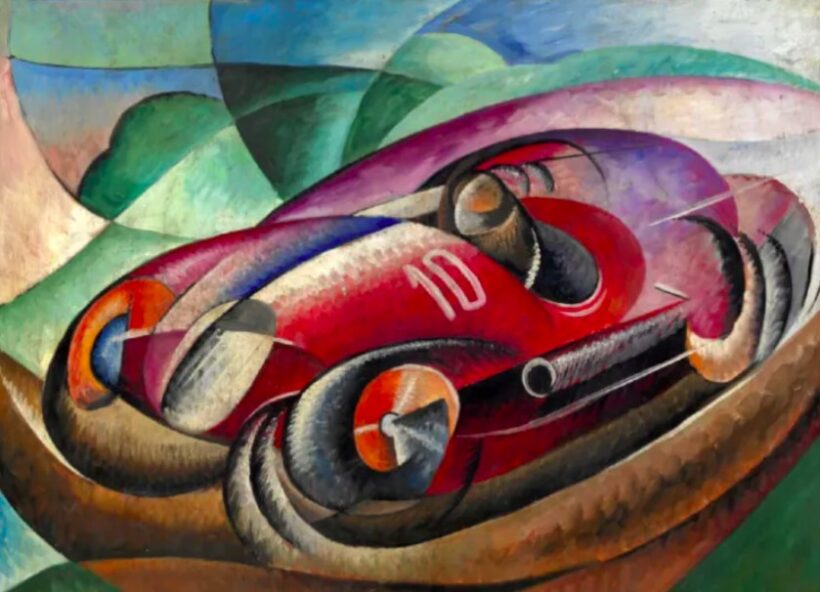
Artistic movements such as Cubism and Futurism have significantly shaped car design by introducing unique aesthetics and themes. Cubism’s fractured geometries inspire dynamic vehicle shapes, while Futurism emphasizes speed and modernity, influencing streamlined designs that evoke a sense of motion and energy.
Can you provide examples of cars that embody Cubist design principles?
Yes, one notable example is the BMW Vision Next 100, which features sharp angles and fluid forms that reflect the Cubist aesthetic. Its design incorporates dynamic elements, transforming cars into multi-faceted works of art that challenge traditional automotive styling.
What is the significance of Futurism in automotive design?
Futurism celebrates modernity and speed, pushing automotive designers to appreciate machines as objects of beauty. This movement inspired designs that emphasize performance and kinetic energy, evident in vehicles that portray dynamic lines and a connection to the spirit of the machine age.
How has Surrealism impacted automotive aesthetics?
Surrealism has introduced unconventional elements into car design, as seen in prototypes like the Mercedes-Benz Vision AVTR. This vehicle utilizes biomimetic designs inspired by nature and fantasy, showcasing how artistic innovation can lead to unique and functional car concepts.
What is Streamline Moderne and how does it relate to modern car design?
Streamline Moderne is an artistic movement that influenced automotive design by emphasizing aerodynamics and smooth curves. Modern cars like the Volkswagen One-Litre incorporate these principles, blending elegance with eco-friendly innovations, thereby setting a precedent for future automotive aesthetics.
How do these artistic movements continue to influence today’s car designs?
The influences of Cubism, Futurism, Surrealism, and Streamline Moderne continue to shape the automotive industry. Designers draw inspiration from these movements to create innovative vehicles that marry aesthetic appeal with functionality, constantly redefining automotive design as an art form.

